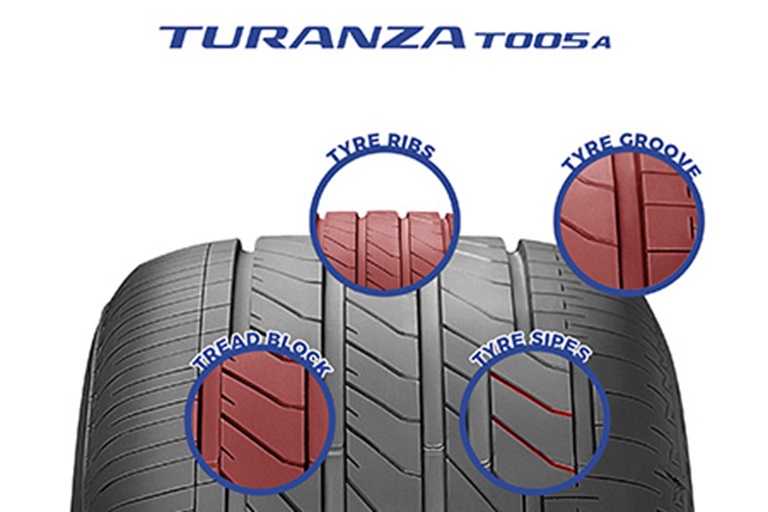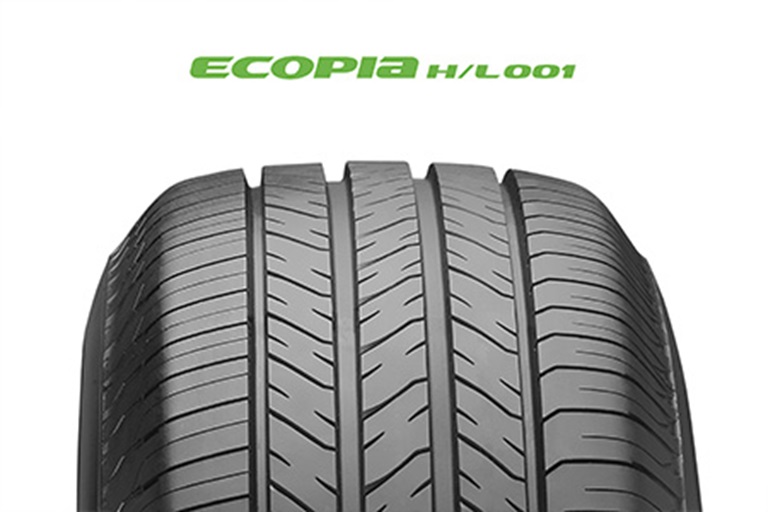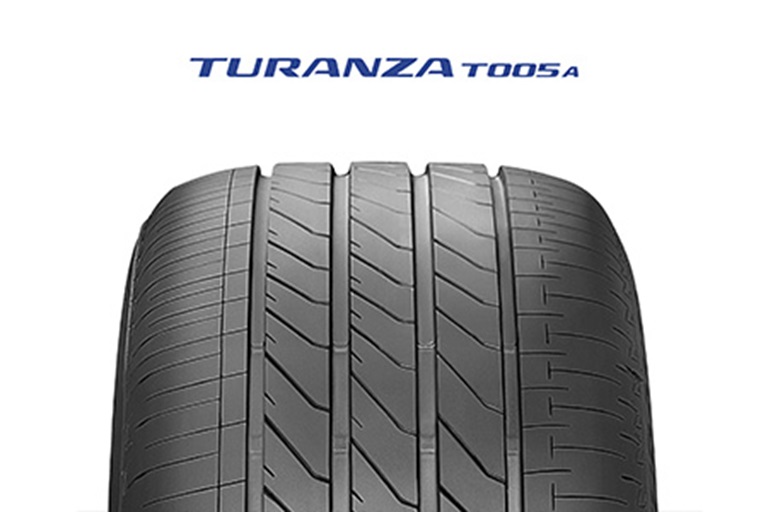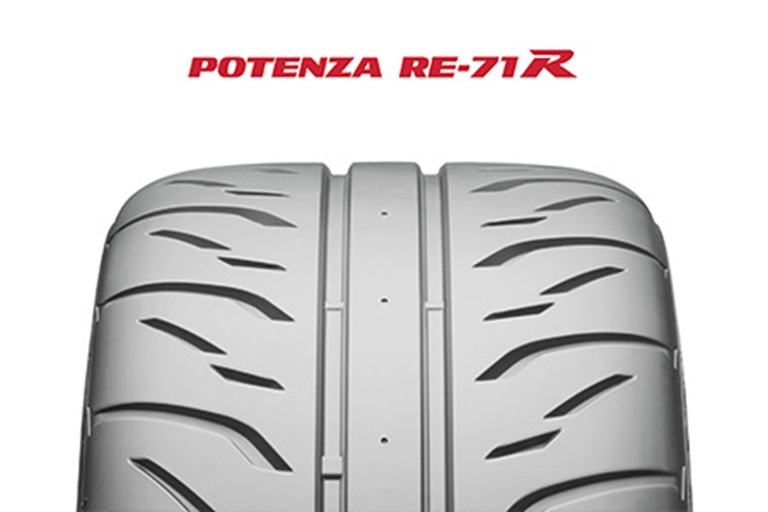Guide to Tyre Tread Patterns
Tyre Tread Patterns
It may seem simple on the surface, but tyre creation and selection is a science and an art in today’s automotive universe. Unlike the simple rubber tyres of yesteryear, the tyres of today are an intricately woven mixture of steel belts, highly developed fabrics and advanced rubber compounds.
As a driver, you might probably know what the tyre tread is – the part of the tyre that makes contact with the road surface. But, what you might not know is that the specific tyre tread pattern your tyre utilises can impact how your tyres perform, such as how they handle and how much traction they provide in different driving conditions.
Here, we’ll take a closer look at both the elements of tyre tread patterns as well as the three types you might run across in your search for new tyres: symmetric tread patterns, asymmetric tread patterns, and directional tread patterns.


Elements of tyre tread pattern
Before we begin, here’s a quick introduction to the basic elements that a modern tyre’s tread pattern comprises of:
- Tread Blocks: The raised rubber segments that will make contact with the road surface.
- Ribs: Raised section of the tread pattern that are composed of tread blocks.
- Sipes: Small slits moulded into the tread blocks that increase the number of biting edges, which enhances traction.
- Cross Slots: Channels that are moulded into tread elements to aid in water evacuation.
- Grooves: Channels that run around the circumference of the tyre, between the tread ribs.

Symmetrical tread patterns
The most common tread pattern used on passenger tyres is the symmetrical tread pattern. In these types of patterns, the outer and inner sides of the tread are symmetrical — which means that the outer and inner sides mirror one another. Additionally, you’ll find that the tread blocks on symmetrical tyres form continuous ribs all around.
Tyres with a symmetrical tread pattern may use any type of rotation method – front-to-back, back-to-front, or an X-pattern (across).
An example of a Bridgestone tyre with a symmetrical tread pattern is the Bridgestone ECOPIA H/L 001. At times, you might hear symmetrical tread pattern tyres referred to as ‘multi-directional’, because the tyre can be mounted and rotated in any direction, without affecting performance.

Asymmetrical tread patterns
Another tread pattern found on passenger tyres is the asymmetrical pattern. In these types of patterns, the inner and outer halves of the tread are designed with different channels and tread blocks. This design is intended to enhance performance in the dry, or increase wet weather performance by improving water dispersal.
Tyres with an asymmetrical tread pattern may use multiple rotation methods – front-to-back, back-to-front, or an X-pattern (across) – but always make sure that the correct side is facing out!
An example of a Bridgestone tyre with an asymmetrical tread pattern is the Bridgestone TURANZA T005A. In this pattern, you can see how the outer side of the tread features chunkier tread blocks that provide a larger contact area for increased stability and handling on dry roads, while the inner side of the tread features high-angle sipes to soften the impact on the road for a quieter ride.

Directional tread patterns
Yet another tread pattern used on passenger tyres is the directional tread pattern. In these types of patterns, the tread has been designed for rolling in a unidirectional way – meaning that it should roll in only one direction. Typically found in high-performance tyres, the ‘V’-shaped tread pattern helps move water more efficiently from under the contact patch to help boost hydroplaning resistance at higher speeds.
Tyres with a directional tread pattern may only use one rotation method – the front-to-back, back-to-front pattern. This ensures that the ‘V’-shaped tread pattern is oriented correctly, and will work as intended.
An example of a Bridgestone tyre with a symmetrical tread pattern is the Bridgestone POTENZA RE-71R. Directional tyres will feature an arrow on the sidewall, indicating which direction they need to roll when mounted on the car.
